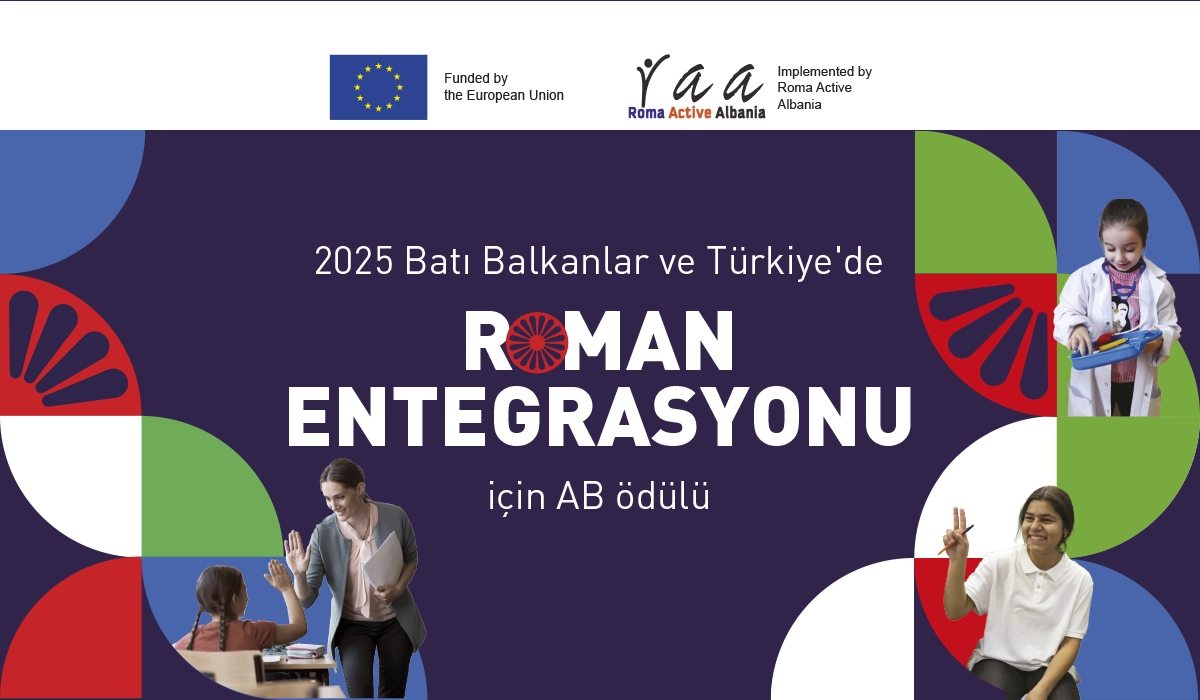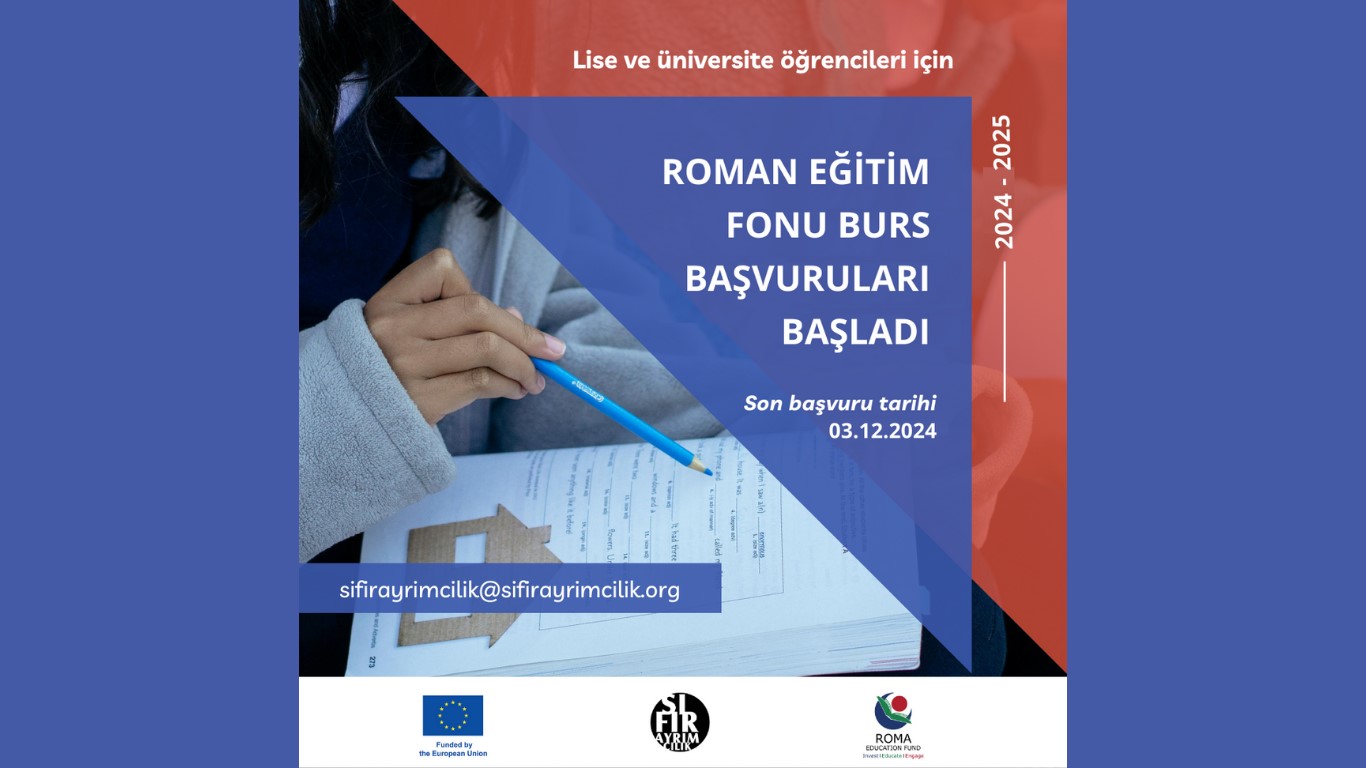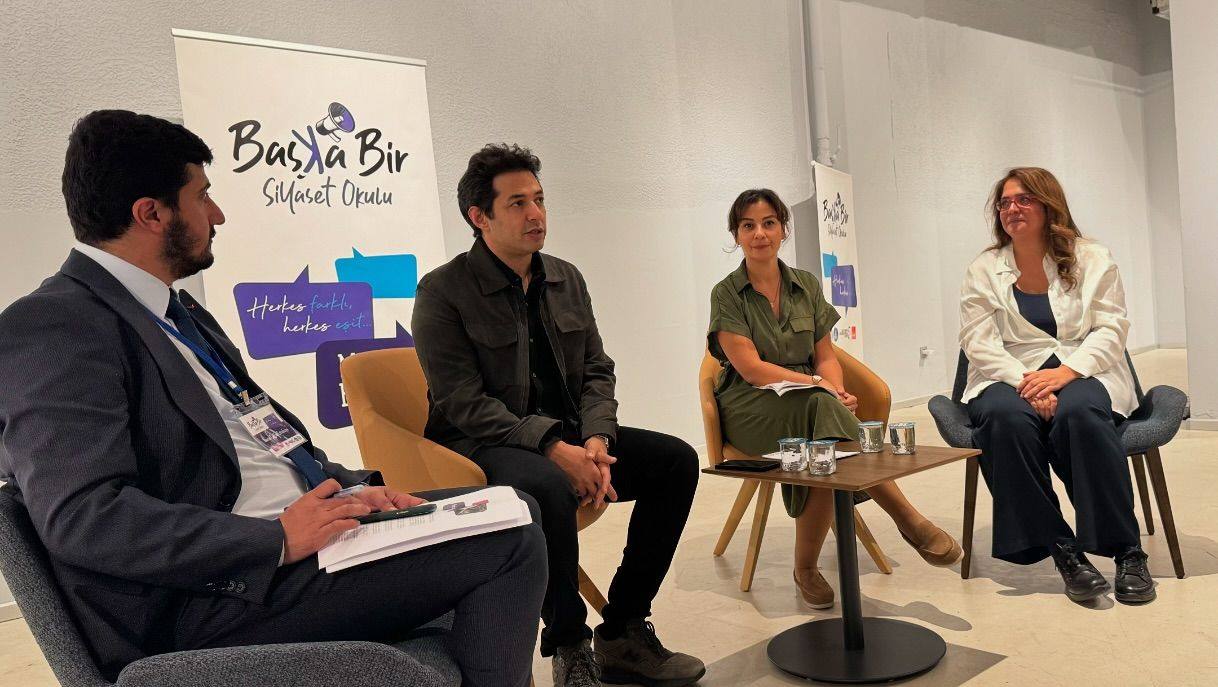
Report: The Situation of Romani Women in Europe
The findings of the FRA pilot study on the situation of Roma, presented to the LIBE and FEMM Committees of the European Parliament, show that the situation of Roma women is worse than that of men in the basic areas of social life, namely education, employment, housing and health.
A survey conducted in 11 EU member states in 2011 showed that 40% of Roma men aged between 20 and 64 were employed for a certain wage, compared to 24% of women. In the area of health, the health status of Roma women aged 50 and over was found to be almost twice as ‘‘bad’’ or ‘‘very bad’’ as that of non-Roma women (55% and 29% respectively).
However, there are important differences between EU member states that need to be taken into account in developing policies targeting Roma inclusion. The report also highlights positive developments in some member states. For example, while Roma women generally lag behind men in education, this gap is closing among younger groups.
The report includes data on four key areas: education, employment, health and housing, as well as discrimination, rights awareness and early marriage.
The FRA survey on Roma was conducted in close collaboration with the European Commission, the United Nations Development Programme (UNDP) and the World Bank. The research was conducted in Bulgaria, the Czech Republic, France, Greece, Italy, Hungary, Poland, Portugal, Romania, Slovakia and Spain. In total, 10,811 Roma and 5,508 non-Roma respondents were interviewed face-to-face, providing information on a total of 61,000 household members.
Selected Key Findings from the Report
The general level of education of Roma women is increasing in most of the EU Member States covered by the survey. For example, while Roma women (77%) have a lower literacy rate than Roma men (85%), the differences between age groups show a positive trend: young Roma women aged 16-24 have achieved a similar literacy level (89%) to Roma men of the same age group.
Due to the limited access to the regular labour market and the lack of childcare opportunities, especially for women, employment patterns in the Roma community are quite different from those in the general population. Only 24 percent of Roma women aged 20–64 are found to be in gainful employment. The proportion of men in gainful employment is 40 percent. However, the survey shows that 61 percent of women in paid employment are in full-time employment, compared to 38 percent of Roma men. This rate also reflects the gender roles in their society, with Roma women more often involved in housework than non-Roma women.
For Roma women, the opportunity cost of finding outside employment is therefore higher, and they can access more secure jobs if they choose to do so. This may also explain the pattern in the self-employment rates: Roma men are reported to be more often self-employed (25 percent) or in temporary employment (28 percent) than Roma women. 13 percent of Roma women are self-employed, while 15 percent are in temporary employment.
In terms of health, Roma women aged 50 and over were twice as likely as non-Roma women to report their health as ‘‘poor’’ (55%) or ‘‘very poor’’ (29%). However, most Roma respondents reported that they had no problems accessing medical services when they needed them. Only 5% of Roma women and 4% of Roma men reported that they had not been able to see a doctor in the past 12 months despite urgent medical needs.
Almost half of the Roma households surveyed (42%) were found to have serious housing deficiencies, particularly in terms of access to running water, sewage systems and electricity. In contrast, 12% of non-Roma households reported similar conditions. Given traditional gender roles in Roma households and the higher proportion of Roma women involved in household chores, the burden of poor housing falls disproportionately on the shoulders of Roma women.
In terms of early marriages, surveys show that 2% of Roma girls aged 10-15 are traditionally married or living with a partner. In contrast, 24% of Roma girls aged 16-17 reported that their relationship could be linked to marriage (5% are legally married, while around 19% are traditionally married or living with a partner).
This article is a translation of the English summary of the report. The full English text of the report can be accessed via the following link:
http://fra.europa.eu/en/news/2013/situation-roma-women-fra-data-analysis


